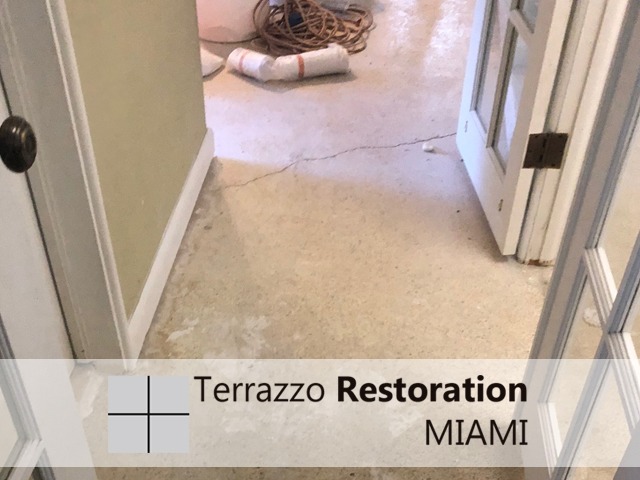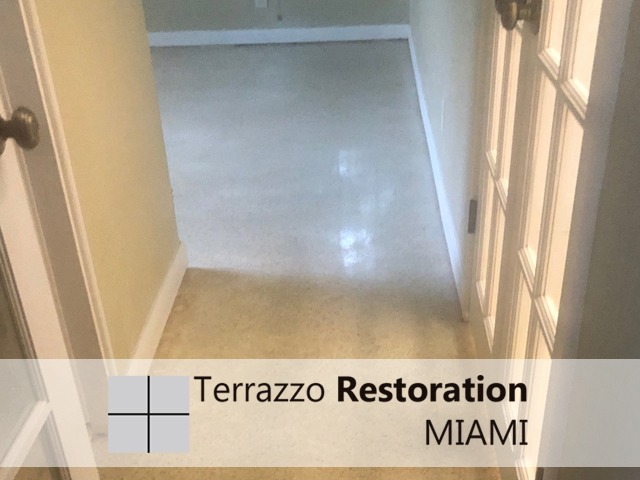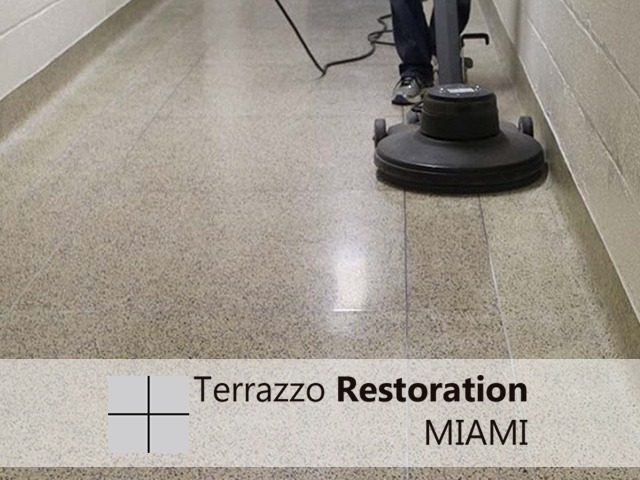In Miami, terrazzo flooring are a common choice for both residential and commercial settings due to their reputation for dependability, elegance, and low maintenance. However, there are times when terrazzo tile flooring needs to be removed because of damage, wear, or a wish to replace the flooring. This article will offer you a thorough overview of the procedure for removing tile terrazzo flooring in Miami, ensuring a successful and effective removal.
- Examining the state: It’s important to evaluate the state of the current flooring before beginning the tile and terrazzo floor removal process. Look for any damage that would need further attention throughout the removal process, such as cracks, loose tiles, or other indications of a problem. You can decide what needs to be done for removal and any repairs or preparations prior to the installation of new flooring by evaluating the condition of the floor.
The right tools and equipment must be gathered in order to successfully remove tile terrazzo flooring. A floor scraper, chisel, hammer, pry bar, safety goggles, gloves, and a dust mask are a few necessary instruments. For bigger projects, you can also think about renting a jackhammer or a floor remover. Before beginning the removal process, ensure sure you have the required safety equipment and supplies on hand.


- Clear the Space: Make the workspace ready by getting rid of any furniture, rugs, or other anything that could get in the way of the removal procedure. By making the area clear, you’ll have plenty of room to work and won’t risk damaging any nearby furniture or fixtures as you take them out. Use drop cloths or plastic sheets to cover nearby locations to protect them from dust and debris.
- Start Removing the Tiles: Concentrate on removing one tile at a time to start the removal process. Lift the tile edges and gently pull them away from the floor with a floor scraper or chisel. If necessary, light pressure can be applied with a hammer or pry bar. Work methodically across the floor, taking out one tile at a time, until everything is gone. When removing the tiles, take care not to harm the terrazzo surface beneath.
- Taking Care of Adhesive Residue: After the tiles are taken off the terrazzo surface, adhesive residue could still be visible. To achieve a clean and even surface for the installation of new flooring, it is essential to remove this residue. To soften and remove the glue, use a scraper, heat gun, or adhesive remover. While removing the residue, exercise caution to prevent damaging the terrazzo surface.
- Surface Preparation: It’s crucial to get the terrazzo surface ready for the new flooring after removing the tile and any adhesive remnants. Look for any cracks, holes, or uneven surfaces on the floor. A suitable filler or patching material should be used to patch any holes or cracks, and the surface should be level and smooth. A successful and long-lasting installation of the new flooring material depends on thorough surface preparation.
- Help from a Professional: Removing tile terrazzo floors may be a labor- and time-intensive operation, particularly for bigger spaces or complicated tasks. Think about enlisting the help of qualified Miami terrazzo flooring contractors. They are equipped with the skills, know-how, and instruments necessary to remove the tile quickly and provide a smooth transition to the new flooring material while minimizing possible damage.
To ensure a successful removal process, tile terrazzo floors in Miami must be carefully planned, equipped, and executed. To ensure a smooth and efficient removal, it is crucial to evaluate the condition of the floor, acquire the required tools and equipment, clear the area, remove the tiles, deal with adhesive residue, and prepare the surface. A professional terrazzo flooring contractor should be consulted if the job is large or complex as they can offer expert advice and ensure a smooth transition to your new flooring material.

